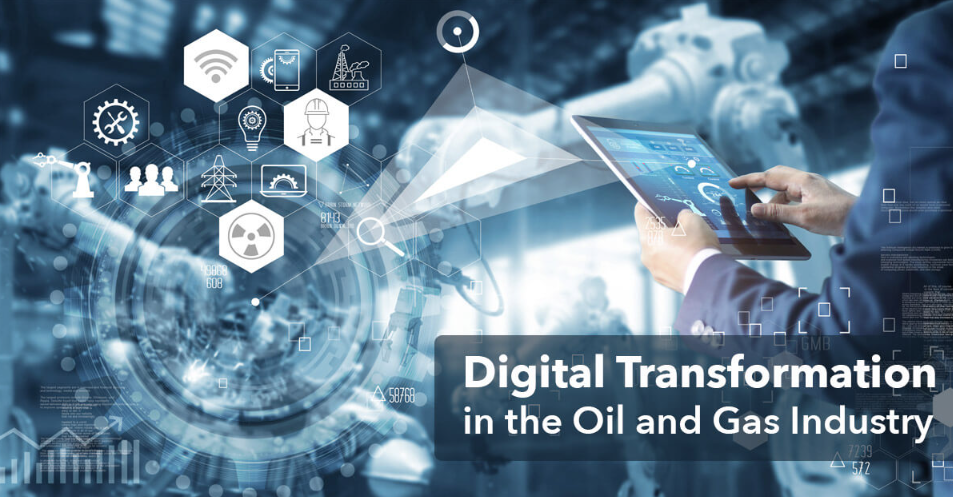August 23, 2023
Digital Twins for Oil and Gas Pipelines: The Next Evolution in Asset Management and Optimization

The next evolution of a digital twin for pipelines is likely to involve a number of advancements that build upon the existing capabilities of Digital Twin 2.0 and 3.0. Some of the key trends that are likely to shape the next evolution of digital twins for pipelines include:
- Edge Computing – Edge computing involves processing data closer to the source, rather than sending it to a centralized server for analysis. Edge computing can enable faster response times and more efficient use of network bandwidth. As pipelines become more connected, edge computing is likely to become an increasingly important part of digital twin architectures.
- Predictive Maintenance – Predictive maintenance involves using advanced analytics and machine learning algorithms to predict when equipment is likely to fail. This can help operators to schedule maintenance proactively, reducing downtime and increasing asset reliability. As digital twins become more sophisticated, they are likely to incorporate more advanced predictive maintenance capabilities.
- Digital Twins for Networks – Digital twins have traditionally focused on individual assets, such as pipelines or wells. However, as the oil and gas industry becomes more interconnected, there is growing interest in creating digital twins for entire networks. These digital twins can provide a more comprehensive view of the entire system, enabling operators to optimize performance across multiple assets.
- Digital Twins for Sustainability – As the energy industry transitions to a low-carbon future, there is growing interest in creating digital twins that incorporate sustainability metrics. For example, a digital twin could be used to optimize the placement of wind turbines or solar panels in a pipeline network, maximizing energy production while minimizing environmental impact.
Overall, the next evolution of a digital twin for pipelines is likely to involve a range of advancements that enable more sophisticated monitoring, prediction, and optimization of pipeline assets. These advancements will enable operators to achieve higher levels of performance, reliability, and efficiency, while also supporting the industry’s transition to a more sustainable future.
Benefits of Digital Twins for Networks
There are many statistics that demonstrate the economic benefits of using digital twins for networks in the oil and gas industry. Here are a few examples:
- Reduced Downtime – According to a study by Accenture, digital twins can reduce unplanned downtime by up to 20%. This can result in significant cost savings, as downtime can cost oil and gas companies up to $1 million per day.
- Increased Asset Utilization – Digital twins can also help oil and gas companies to increase the utilization of their assets. A study by GE Digital found that digital twins can increase asset utilization rates by up to 5%.
- Improved Safety and Environmental Performance – Digital twins can also support improved safety and environmental performance, which can help to avoid costly accidents and regulatory fines. According to a study by McKinsey, digital twins can reduce the likelihood of safety incidents by up to 25%.
- Cost Savings – Digital twins can also deliver significant cost savings for oil and gas companies. According to a study by the Boston Consulting Group, digital twins can deliver cost savings of up to 20% for asset-intensive industries.
Overall, the economic benefits of using digital twins for networks in the oil and gas industry are significant. By reducing downtime, increasing asset utilization rates, improving safety and environmental performance, and delivering cost savings, digital twins can help oil and gas companies to improve their bottom line and remain competitive in a challenging market.
Find out more about how Cenozon is exploring digital twin technology.

